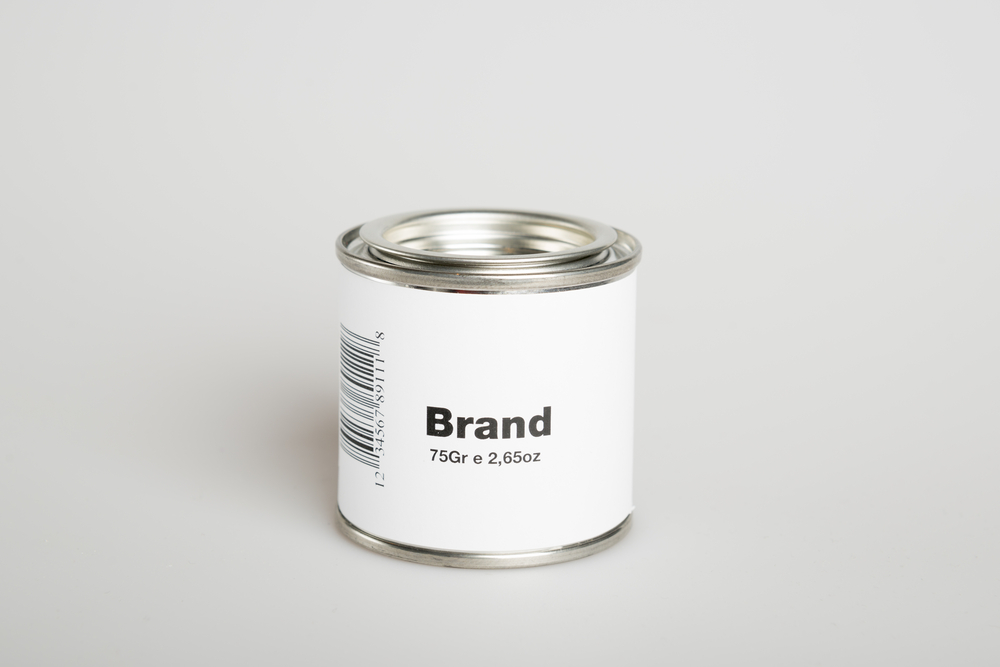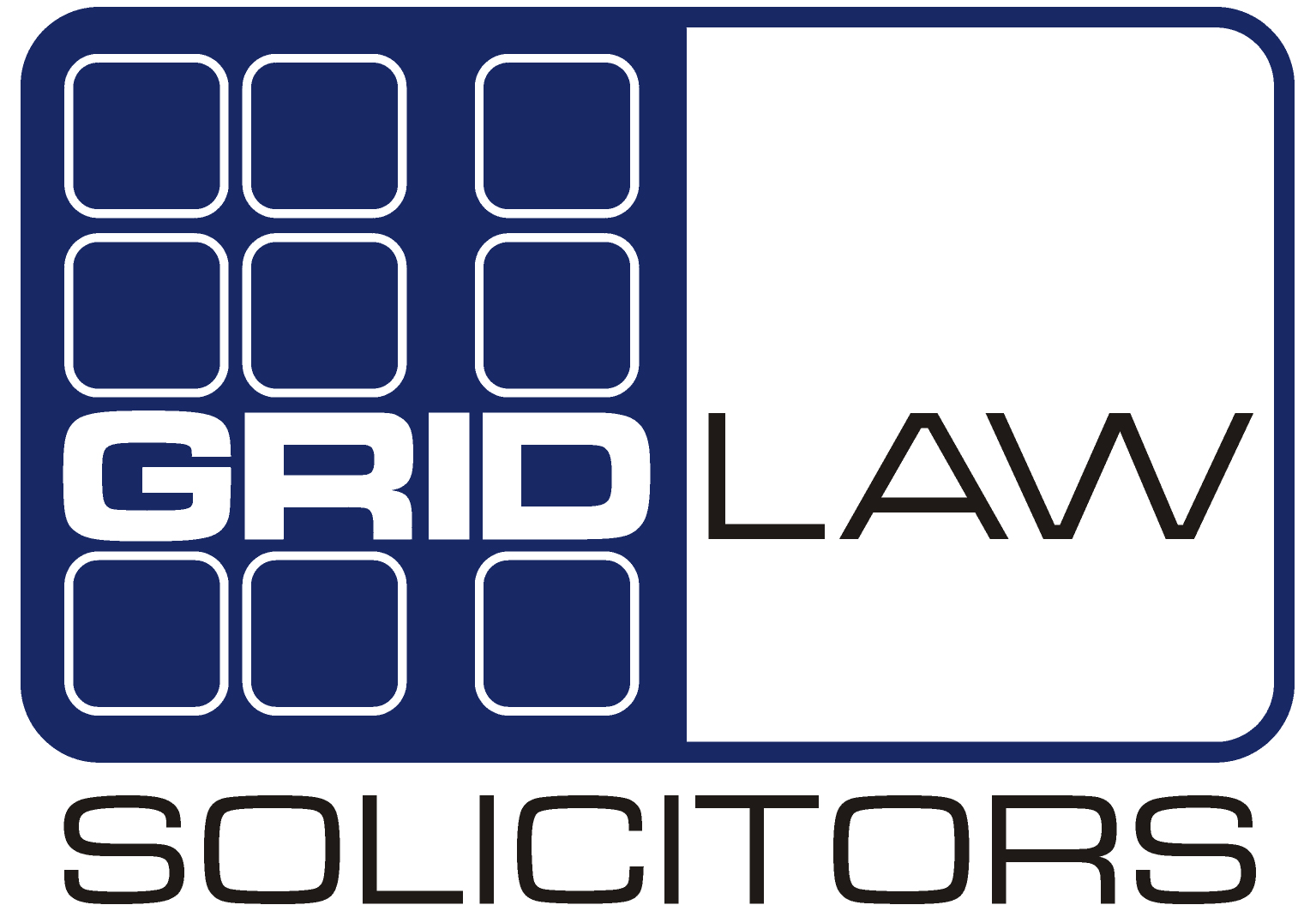
When it comes to brand protection, clients often ask me, “What can I register as a trade mark?”
They know they can protect a name or a logo, but there’s often many more elements to their brand than that. When we form a strategy for protecting their brand, we look at all the elements that distinguishes their business, products and services from those of their competitors. So, in this blog we’re going to look at each of the opportunities you have to stand out from the crowd when it comes to brand protection.
Before we look at the specifics of what can be protected, let’s look at the general requirements for registering a trade mark.
A trade mark is effectively a badge of origin. It distinguishes your business, products and services from those of your competitors. When a customer sees your brand and trade mark, they must think of you.
Not all brands can be protected as a trade mark. Before it can be registered, your trade mark must fulfil the following criteria:
- It must be a sign which is capable of being represented graphically;
- It must be distinctive, not descriptive of the products or services being protected;
- It mustn’t be deceptive;
- It mustn’t be contrary to public policy or morality; and
- It mustn’t contain certain specially protected emblems, such as flags.
Once you have established that your proposed trade mark fulfils these criteria, it should be accepted by the Intellectual Property Office for registration. However, this doesn’t mean you’re home and dry. It’s possible that someone else may object to or oppose your trade mark application on the grounds that it conflicts with their pre-existing right to the trade mark.
However, for the purposes of this blog, I’m going to assume that your proposed trade mark is capable of registration and that there are no objections or oppositions to it.
So, let’s now look at what can actually be protected.
Words, letters and numbers
Words are probably the most frequently protected trade marks. Most business owners consider registering their business name or the name of their products and services as a trade mark. However, you can register your own personal name too. This has been a common practice for many years for celebrities and sports personalities but as personal branding is becoming increasingly important for everyone, it’s something we’re likely to see more of in the future.
Letters and acronyms can also be protected as trade marks, as can numbers, but you generally need to have three or more characters for the trade mark to be considered distinctive enough. Examples would be “501” for jeans or “RBS” for banking.
Logos and symbols
Logos and symbols are also extremely common elements of a brand and are often protected in conjunction with a name. However, when designing your logo you need to be careful that you don’t include specially protected items that would be objected to. National flags are an example of this.
Very often, clients will ask me to register a logo their graphic designer has produced, but it will not be registerable. The reason for this could be because, for example, it’s a generic design of the tools of their trade or something like a dripping tap for a plumber. Unfortunately, I’ve seen more of this as freelancer sites such as Fiverr become more popular. As with many things, you get what you pay for!
If you’re about to commission a new logo and intend to protect it as a trade mark you should ensure your designer knows this in advance.
If you do, the value of your brand could be seriously compromised. So, you should take professional advice to offer them some guidance, or find another designer who does!Phrases and slogans
Phrases and slogans can be trickier to protect as they often contain descriptions of what the product or service is. Also, phrases such as “We put our customers first” cannot be registered as they don’t distinguish one business from another. They could apply to all business in all industries so are not seen as a badge of origin.
However, if you stick to the guidelines above, there’s no reason why you cannot trade mark a slogan such as Nike’s “Just do it”.
Shapes and packaging
Trade marks don’t have to be just two dimensional (although that’s how they’re represented graphically), they can be three dimensional too. So, if you have distinctive packaging, like the shape of a Coca-Cola bottle it could be registered as a trade mark.
Shapes can also be registered if they are distinctive to a particular product. For example, the shape of a Toblerone is considered to be distinctive and was successfully registered as a trade mark, but the four fingers of a KitKat wasn’t.
Colours
Often, brand owners will register words and logos in a particular colour that they are known for. However, in some cases the actual colour itself can be seen as a badge of origin for a product. An example of this is Heinz registering the shade of turquoise used on their baked beans tins.
If you want your business to be known for a particular colour you have to be very specific when registering it. You shouldn’t just rely on a sample of the colour being included in the application, you should describe it and include a Pantone reference.
Actions
Trade marking an action is rare, but it is possible. One of the most well known action trade marks is probably ASDA’s double tap on the back pocket of a customer’s jeans or skirt.
Sounds
Sound trade marks are also rare but there is one which most people will be familiar with – the Intel four note jingle. This was registered because it was capable of being represented graphically by way of a musical score.
In contrast to this, “Tarzan’s yell” (whilst very distinctive) was rejected because it wasn’t represented graphically.
Smells
Trade marks for smells are even rarer and people are often surprised when I say it’s possible to trade mark a smell. The main reason for this is that they are hard to represent graphically. Also, when someone smells the scent, they must think of the scent as originating from the owner. The smell mustn’t be a characteristic of the product itself.
So, how do you represent a smell graphically?
Well, there are certain things that the courts have said are not acceptable as graphic representations of the smell. These include chemical formulae, a written description or a sample of the odour being deposited with the application.
Having said this, Sumitomo Rubber Industries has registered “a floral fragrance reminiscent of roses” for its tyres, which sounds to me very much like a written description! Likewise with “the smell of fresh cut grass” for tennis balls. So, every application must be looked at and considered individually.
It’s probably going to be a rare occasion that you want your business or products to be know by a particular smell, but if you do, the best thing you can do is take professional advice and then we can decide how best we can protect it.
In the vast majority of cases, when thinking about brand protection, trade marks will be registered for the traditional words, logos and slogans your business is known for. However, as with everything in life, technology is bound to play an increasing role in how brands are protected and I don’t think it will be too long before the “graphic representation” requirement is dropped.
Why shouldn’t you be able to attach a sound file to your application or a short animation if these represent distinctive elements of your brand?
I think it’s only a matter of time before this will be commonly accepted practice.
If you are considering registering a trade mark and you are not sure whether or not your brand is capable of protection, please feel free to contact us to discuss further.
Alternatively, protecting your brand is a process you could look at yourself with the help of our Brand Protection Toolkit. For more details, please click here.

